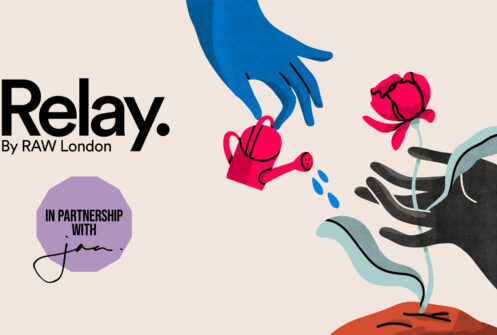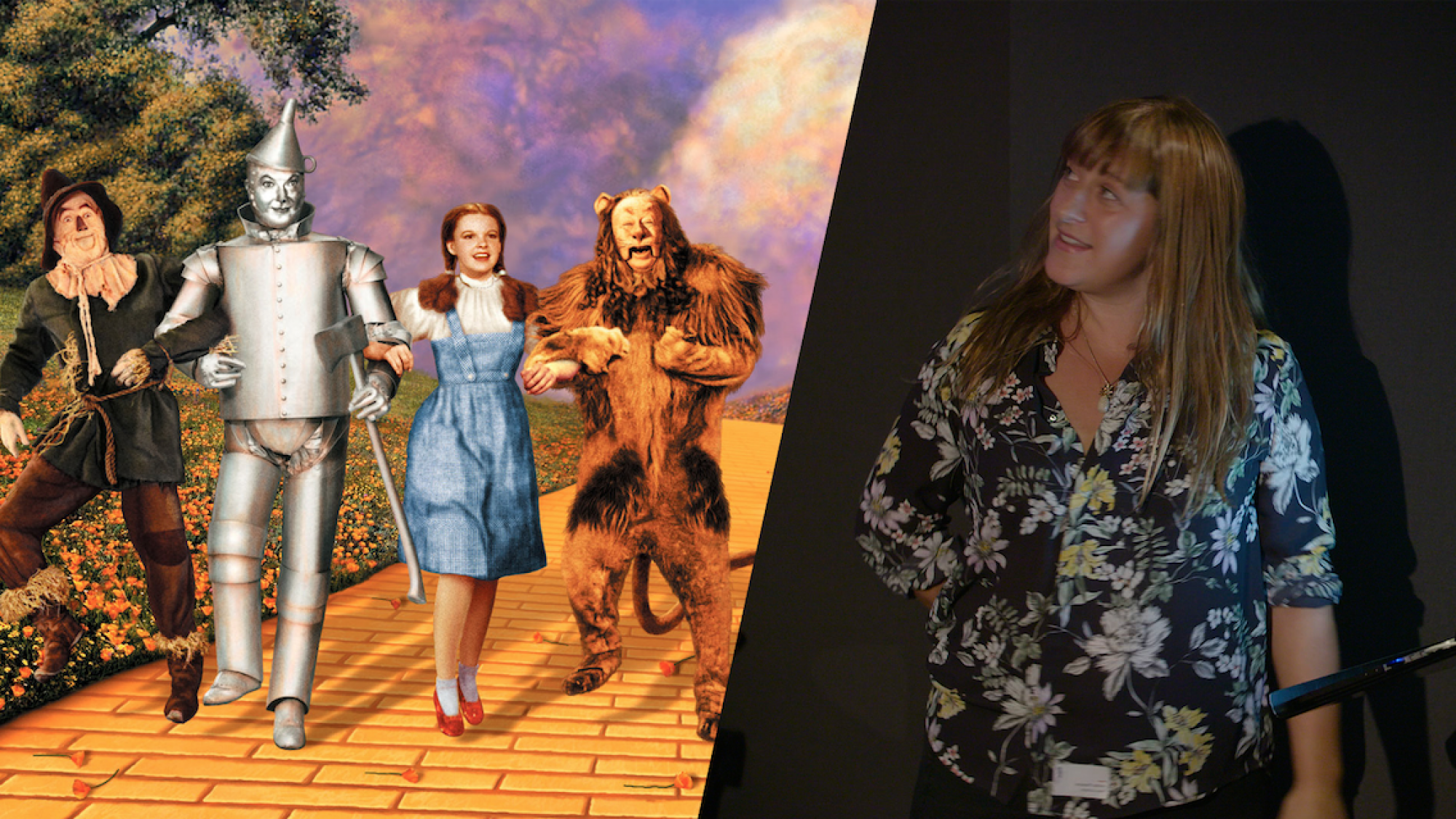

At our most recent event, Creative Storytelling in the Third Sector, we heard from some great speakers about their experiences of visual storytelling and communication with their target audiences.
As the Senior Creative Producer at Raw London, I thought I’d use my session to look a little outside the third sector and online content to see what we might find…
One thing we might discover is our own personal connection to storytelling. Most of the people reading this are likely to be involved in communicating narratives and there’s something very human about this desire. We’ve probably all been doing it since our own childhoods and, the human race, since its infancy. We can track this progression from cave paintings through to online memes.
Everyone will have their favourite genre of story or a particular book or film that has stayed with them. For me it was ghost stories. I couldn’t stay away from them as a child! I adored being scared and I loved the sense of intrigue and unknowability of those tales.
So, as I mentioned, I’d like to look up and out into the wider world. I’d like to explore the importance of visual storytelling and what we might learn from stories outside of the third sector.
Sometimes it’s a nice exercise to just follow the yellow brick road and see where it takes us…
The Wizard of Oz is an example of some of the greatest storytelling techniques and characters around. The fact that the meaning behind the film (whether political satire or religious allegory) is still being argued decades later is testament to its success. Stories don’t necessarily have to have only one level of interpretation, as long as the audience connects and wants to share what they’ve seen with even one other person. For some storytellers, and charities, Oscar Wilde was spot on when he said “There is only one thing in life worse than being talked about, and that is not being talked about“.
There are a variety of familiar and effective storytelling techniques – here are just a few!
I think most of us of us would agree that making the audience give a damn is probably the main objective of any story and this is particularly true for us in the third sector. We strive to make them care about the story we’re telling and, therefore, compel them to want to share it because of a connection to the content.
We can probably think of many examples of stories we’ve been told where we were so caught up in the narrative we forgot it was only a story and, more importantly, who was telling us this tale. More often than not, the best stories don’t even seem to have a storyteller involved.
This film by whisky brand, Johnnie Walker, would not have had anything like the emotional impact had it been reliant upon the inclusion of the Johnnie Walker bottle more than the subtle one time that we saw it. It is, instead, a universal story of love and loss and that strong emotional connection is what made almost 5 million people watch it on YouTube alone.
The audience gave a damn because they were given the opportunity to care about the characters. It’s likely they now they feel a strong positive connection to the brand without perhaps even realising why.
Now, we realise we’re talking about a huge step to not include brand in a piece of online content. However, it is more often than not extremely effective. Letting the viewer be pulled into a story with no prior knowledge or pre-conceptions of the brand or charity allows them to freely engage with the content.
I’m sure we’ve all seen the extremely successful ‘most shocking second a day’ video from Save the Children. The story relies on many effective storytelling techniques, packaged in the familiarity of a very popular trend (1SE app). It does not include any references to Save the Children or any brand elements at any point except in the end card. By this point, you have been entirely absorbed into the girl’s world and possibly even forgotten it’s only a story.
Another example is this incredibly impactful domestic abuse ad, Listen. The film absolutely speaks for itself, and is an example of how simplicity can be a powerful tool in telling a complex story. Once again, the brand is not the main focus. Instead the narrative draws you in, telling you everything you need to know about the issue – without having to explain it.
So, this critiquing and discussion of storytelling techniques is all very well but how does this translate into our ability to communicate with audiences? One thing we talk a lot about at Raw, and with our clients, are the short 10-15 second ‘cut-downs’ of the work we produce. We’re also very aware of the pressure to tell a story in the first 3 seconds and that eminently desirable ‘hook’ for the audience.
However, unlike a movie trailer that is considered the precursor to the main feature only, short social cut-downs of a longer piece of content can be considered the first step on a long-term supporter journey – not necessarily only leading to the main feature.
These short cutdowns can, instead, be considered as the first breadcrumbs dropped on a trail that leads the audience to all sorts of places and, as such, they play a different role to a ‘standard’ trailer. They are titbits of content scattered strategically in the digital sphere to hook and entice both warm and colder audiences to engage.
We do feel that a significant part of our role and responsibility as a creative agency is to push (a little or a lot) at the comfortable boundaries of a charities’ TOV and their communication with their target audience. Part of that is looking for different ways to tell stories – taking inspiration from as many sources as we can find.
Really, there are unlimited possibilities in terms of storytelling format and content. We are constrained only by the small matter of budget and / or risk aversion – both of which are more than reasonable constraints to be honest! However, we do think it’s important to look up and out of the window as much as possible (even when you work in a basement).
**This is a summary of a lightning talk from Raw London’s event Creative Storytelling in the Third Sector, Thursday 9 August 2018 at Bertha Dochouse, Curzon Bloomsbury. You can read more about the event here or see summaries and slides from other sessions below.**
These free events are invite-only so sign up to our mailing list for tickets to the next one.